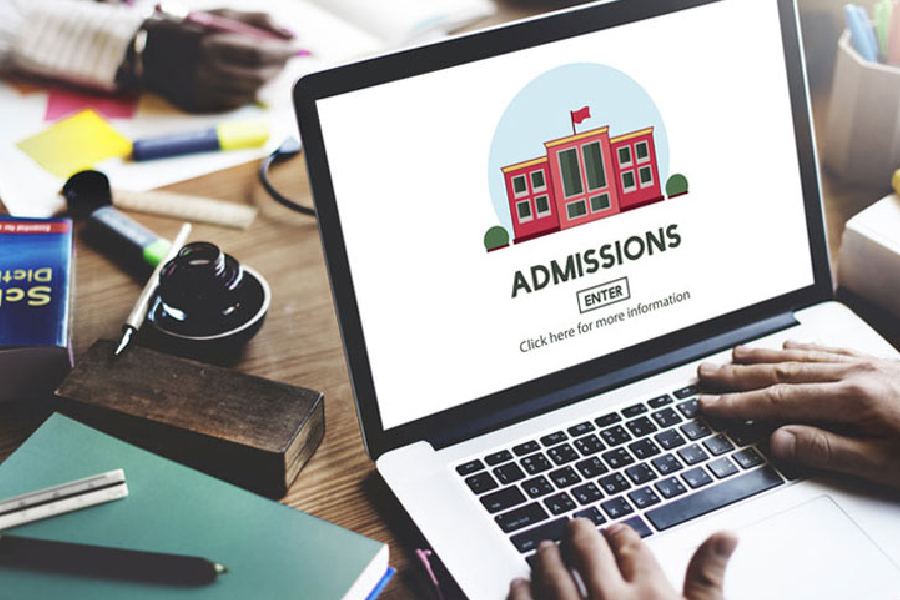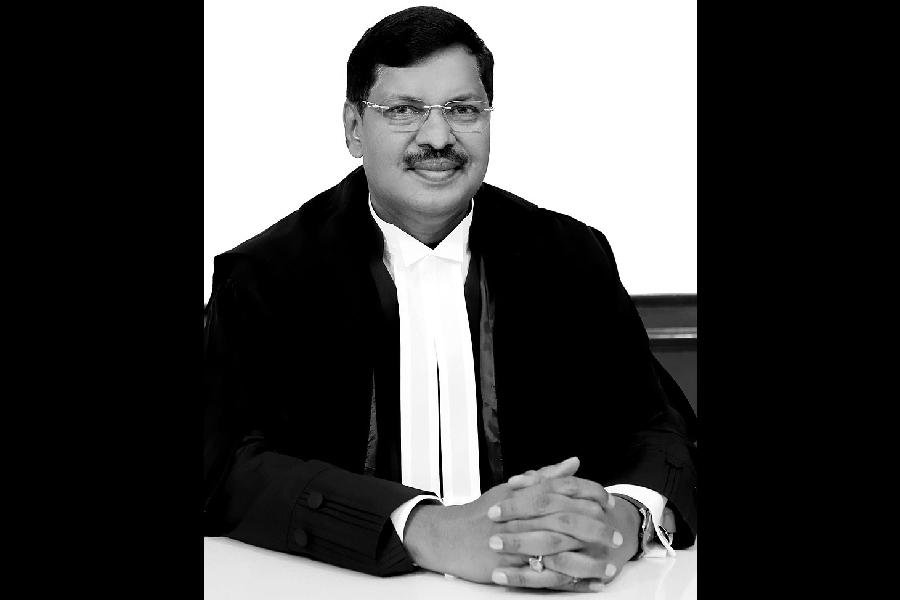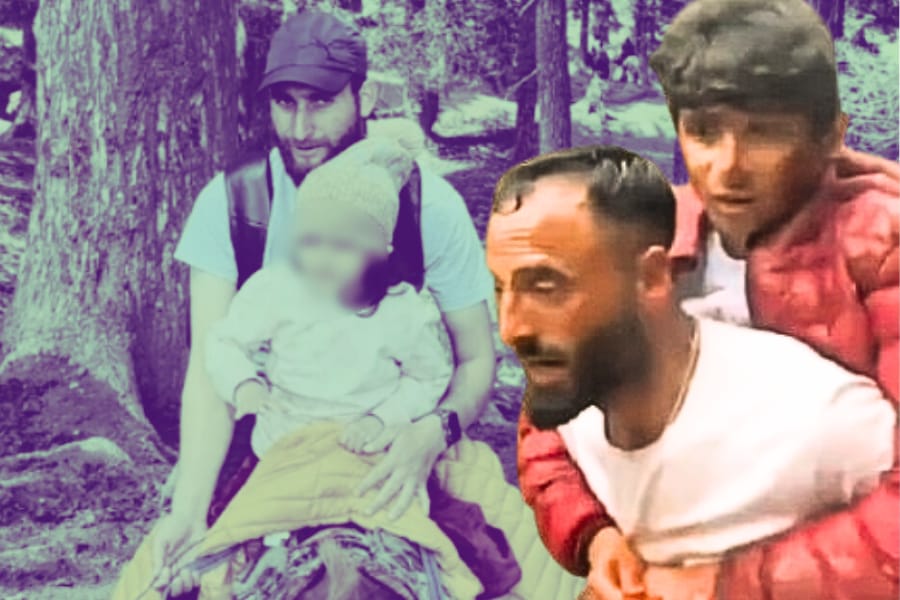I was 12 years old when Feludar Goyendagiri was first published in Sandesh magazine. Naturally I was very excited as this was my father’s (Satyajit Ray) first detective story; he had already written Professor Shonku and other stories. My father felt the need for writing a story that catered to teenagers and that’s how the idea behind Feluda blossomed. He started writing Feluda as a stand-alone story. Never in his dreams did he imagine that Feluda would become such an iconic character. After the first story of Feluda was published, he started receiving letters from all age groups that this should be continued as a series and the rest is history. Fifty years is quite a long time and Feluda has been translated in Indian as well as foreign languages.

Topshe and I
To be honest, Feluda is synonymous with my father and I always envisioned myself as Topshe. I was emotionally attached to Topshe and I could relate to the character as an assistant to Feluda. In fact, I could relate my father to the character of Professor Shonku as well, not just Feluda.
The idea of adapting Feluda for the big screen started developing in my father’s mind during the shooting of Goopy Gyne Bagha Byne in Jaisalmer. He wanted to make the movie in colour, which ultimately did not materialise.
The last day of Sonar Kella shoot
He wanted to display the spectrum of exceptional colours of Jaisalmer Fort on celluloid, which was the main reason for shooting Sonar Kella in Rajasthan. Sonar Kella was extremely important for us since it was the first big screen adaptation of Feluda. We had a fantastic experience shooting in the exotic locations of Bikaner, Jodhpur and Jaisalmer, and I personally had a wonderful time working on the stills of these beautiful locations. It was more special as it was my first experience working with my father. I personally feel that the production quality of Sonar Kella was top notch. Every minute detail was worked out. We had a bogie booked exclusively for us. We all would travel in that bogie to various shooting locations.
There was a very interesting experience on the last day of the shoot. The shooting schedule got a bit tight during the last few days and we all were wondering whether we would complete the shoot in time as we had to return to Calcutta and the bogie would not wait for an extra day for us. My father took 74 shots within three hours. Without looking once at the storyboard, he kept on shooting. It was a huge learning experience for me that how a man in such a crisis could keep a clear mind and keep on shooting! Each shot was impeccably taken. We shot the scene in a two-camera set-up and the crew went haywire during the shoot.
Varanasi has been a very pictorially favourite place of my father and that was the main reason he decided to shoot Joi Baba Felunath in that place. My father has taken Feluda to the places which he liked the most, while he sent Shonku to the places he desired to go to.
The beginning of my journey
After my father expired, I wanted to make a Feluda film on big screen on the 30th anniversary of the character. But no producer was interested to adapt Feluda for the big screen despite the success of Sonar Kella and Joi Baba Felunath. They felt that such a movie would not work anymore as it would be devoid of songs and leading ladies and nobody would be interested in watching such movies anymore.
I had no option other than adapting Feluda for the small screen. I started shooting Bakshya Rahasya as a telefilm. But no channel was interested to telecast it either. Then I decided to project the film in front of the audience, so I released the movie in Nandan II. That was the first digital-projected release of Feluda. It ran for four weeks with all shows running houseful but still I could not find any producer to adapt the movie for the big screen. Even after this no one was interested to broadcast Feluda telefilms, rather they wanted to make it into a teleseries. Then we decided to split Bakshya Rahasya in five parts and continued to feature other stories of Feluda as a series for different television channels.
After that I was approached by ETV to do a telefilm on Feluda. We started with Dr Munshir Diary, which became immensely popular and was telecast multiple times on popular demand. There were many Bengalis working at Ramoji Rao’s production house at that time and they approached me to make a full-length feature film on Feluda for the big screen, that is when it finally worked out. But the biggest irony was that the producer of the movie never heard the name of Feluda before. When the producer first saw Bombaiyer Bombete, he was heartbroken. He felt that he had completely wasted his money on a movie like this. But ultimately the movie released and it was a big success and ran for over 100 days at the box office.
Two stories
Casting for a Feluda series has always been a big challenge for me. When I first started with Feluda, casting the three main protagonists was a huge challenge. Background score has been a very important aspect of the Feluda series. In my latest film, Double Feluda that releases mid-December, the Feluda theme plays a big part and it has been used as a tribute to the iconic character.
This is for the first time that I have made a movie based on two short stories of Feluda (Samaddarer Chabi and Golokdham Rahasya). These two stories were closest to my father’s heart and this was the reason we chose these two stories to celebrate 50 years of Baba’s iconic creation. There is a special treat in store, a surprise in the end scroll for the audience.
Which is your favourite Feluda story? Tell t2@abp.in











